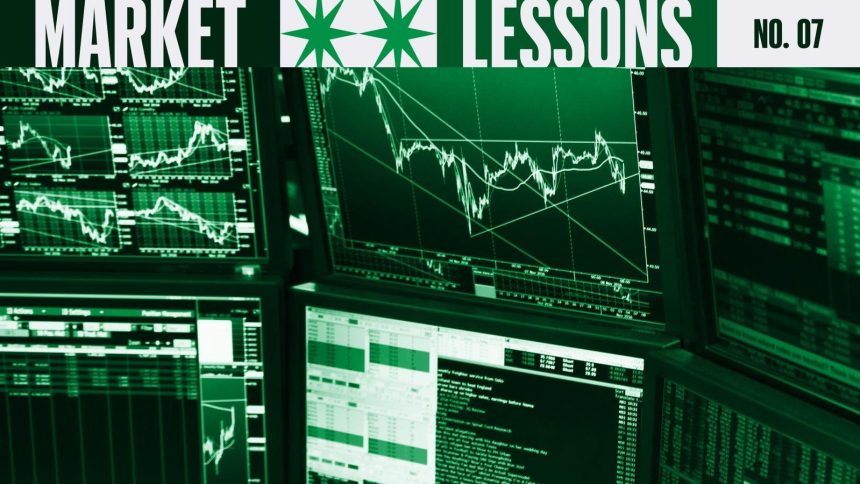Takeover tycoons focus on a particular way to compare prices to earnings. Here’s why investors should pay attention.
Written by Hyunsoo Rim and Segun Olakoyenikan; Edited by William Baldwin
The enterprise multiple is a ratio that compares a company’s enterprise value to its earnings before interest, tax, depreciation, and amortization. In letters: EV/Ebitda.
In the numerator: Enterprise value is what an acquirer would pay to acquire the operating assets of a business. It’s equal to the market value of common equity plus debt outstanding minus cash on hand. Hypothetically, a buyer could own an operation free and clear by buying all the common shares, paying off all the mortgages and then grabbing the cash in the till to help pay for the deal.
In the denominator: Ebitda is one measure of the profit flow belonging to that hypothetical acquirer.
The resulting ratio is a starting point in the plotting of a private equity dealmaker. If you buy something at an enterprise value of $1 billion and a 10x multiple of Ebitda, you potentially have $100 million a year coming in with which to pay off any debt used to finance the deal. If, say, half the purchase price were borrowed, the loan could be easily serviced even at a fairly stiff interest rate.
Last year, according to Morningstar subsidiary PitchBook, the median private equity buyout took place at a multiple of 12.3 times Ebitda. That gives investors some idea of what an average business is worth. Another useful comparison: Among the larger companies in the YCharts database, the median enterprise multiple is 13. (Excluded in the calculation are the companies whose multiples are missing or meaningless.)
The companies in the table stick out with valuations quite distant from those medians. The cheap ones may be justifiably cheap. Peabody Energy is in a line of work despised by environmentalists. Signet Jewelers has outlets in has-been shopping malls. There’s no excitement in cement or den furniture.
Investors have their reasons for bidding up the multiples of the second group of companies. Eli Lilly makes anti-obesity drugs that are suddenly in great demand. Palo Alto Networks and Palantir, both in the business of protecting us from bad guys, might be on the verge of hauling in enormous profits.
Still, the valuations can give investors a reason to pause. Is a glamorous stock overbought? Is a disfavored company getting cheap enough for a takeover?
The Ebitda multiple is just one tool in an analyst’s kit and it has to be viewed alongside other metrics, like the price/earnings ratio. Two companies with identical P/Es might show up with very different enterprise multiples if they have different levels of debt or debt financed at different rates. If you are looking for a bargain, either as a leveraged buyout artist or as an investor buying 100 shares, you want your target to be cheap in relation to its industry peers across multiple valuation metrics.
The reason that business buyers care about Ebitda as much as bottom-line profit is that it’s a good measure of the operating success of a business, better than a profit number that is impacted by such non-operating factors as taxes, interest and the paper deductions for amortization of goodwill and depreciation of equipment.
But taken by itself, Ebitda may give a misleading picture of profitability. A business owner, to be sure, does not have to write out a check for depreciation, which is no more than a bookkeeping entry reflecting past equipment purchases. But the owner does have to replace worn-out equipment.
In a 2000 shareholder letter that has since become a reference point for highlighting the shortcomings of Ebitda, Warren Buffett questioned, “Does management think the tooth fairy pays for capital expenditures?”
Lesson: You should look at the Ebitda ratio but also look at other things, like the P/E ratio.
More From Forbes Market Lessons
Read the full article here














